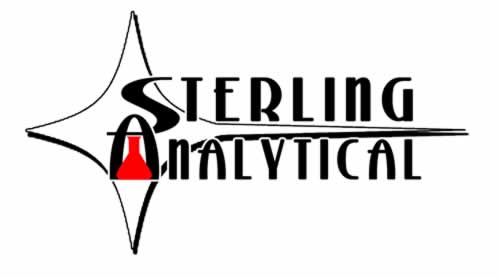Magic Substances that most people don’t know about—but EVERYONE uses!
There is a group of elements in the Periodic Table that the average person may have never heard of, but unknowingly uses every day. These are the Rare Earth Elements(REE), which consist of the Lanthanide series of 15 metals plus Scandium and Yttrium, because they have chemically similar properties. These elements are:
| Atomic # | Symbol | Element |
| 21 | Sc | Scandium |
| 39 | Y | Yttrium |
| 57 | La | Lanthanum |
| 58 | Ce | Cerium |
| 59 | Pr | Praseodymium |
| 60 | Nd | Neodymium |
| 61 | Pm | Promethium |
| 62 | Sm | Samarium |
| 63 | Er | Europium |
| 64 | Gd | Gadolinium |
| 65 | Tb | Terbium |
| 66 | Dy | Dysprosium |
| 67 | Ho | Holmium |
| 68 | Er | Erbium |
| 69 | Tm | Thulium |
| 70 | Yb | Ytterbium |
| 71 | Lu | Lutetium |
They are present in nearly every electronic device used today—cell phones, computers, rechargeable batteries, cameras, and hybrid cars. Most electric cars contain several pounds of rare earth compounds. Super strong magnets made with (REE) allow components and motors to be made smaller and lighter than ever before.
Historically Rare Earth Elements first became relevant when Europium was used to make brighter, more vibrant phosphors for a new invention—the color TV! Their usefulness quickly expanded to hundreds of products, from lasers, magnets, optics, lights, and a whole range of military and defense applications. In fact, most of the scandium in the U.S. is used for strengthening aluminum baseball bats! The next time you see a ‘nickel-metal-hydride’ (NiMH) battery, amaze your family and friends by telling them that the ‘metal’ portion likely contains a mixture of rare earth metals like Lanthanum, Cerium, Neodymium, and Praseodymium.
How rare are they? Actually they are fairly abundant in the earth, but are dispersed across the planet in low concentrations, making the refining process quite expensive.
Today, China is the world’s largest producer of rare earth materials, as well as the world’s largest consumer, due mainly to their electronics manufacturing. This has generated great interest in finding other ways to produce (REE) domestically to lessen the dependence on foreign suppliers like China.
One exciting new area of interest is the extraction of (REE) from coal, coal ash, and mining wastes, which can contain higher concentrations of (REE) than typical sources. This can lead to a better ‘circular economy’, where waste generated from one process becomes the raw material in another process.
Here at Sterling Analytical we have recently expanded our capabilities to include testing for rare earth elements in a variety of matrices, including coal, ash and wastes. For analysis information, visit the Rare Earth page on our website.
